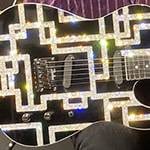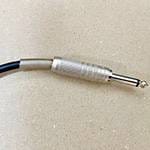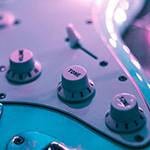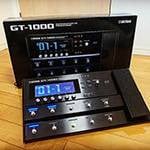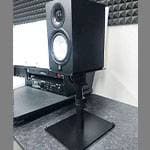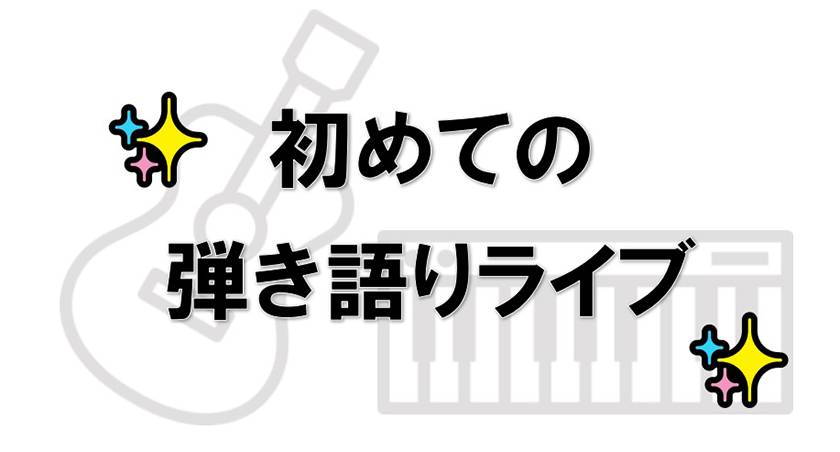
I’m Gendayu. This article is written for those planning their first solo performance, based on my various experiences. I hope you find it helpful.
Understanding Possible Accidents & Troubles
So far, we’ve continued the First Solo Performance Series, and this will be the final edition. In this last part, I want to touch on accidents and troubleshooting, which are essential for enjoying and continuing live performances.
When you hear the words ‘accidents’ and ‘troubles’, you might think, “Is live performance really that dangerous!?” but of course, that’s not the case. However, at times, you may encounter minor or significant accidents and troubles. It’s reassuring to anticipate possible situations and know how to respond or prepare in advance. I’d like to share some insights based on my experiences and stories from friends.
Preventing Equipment Accidents
To start with the basics, if you’re performing solo with a guitar, it’s essential to have a complete set of spare strings for when one breaks. Additionally, having spare picks and a capo will give you peace of mind and help you stay mentally relaxed.
Furthermore, a guitar’s tuning may go awry during a performance, so I recommend using a clip-on tuner with a light-up display that can be attached to your guitar. While there are tuner apps available for smartphones that are very convenient, they may not be suitable for use on stage.
The Sound House smartphone app also has a tuner function!
⇒ Download here
For piano performances, a common accident involves the sustain pedal. If it isn’t securely taped down, it can slide forward every time you step on it during your performance, leading to a situation where you can’t reach the pedal even when you stretch your leg. Not only is that an awkward sight, but it also makes it difficult to focus on your performance (I’ve experienced this myself). Make sure to consult with the venue staff during rehearsal to secure the pedal in place. I strongly recommend this.
Also, if you plan to use the transpose function to change keys, the operation varies depending on the electronic piano model. It’s a good idea to find out the model beforehand and familiarize yourself with it (most user manuals can now be found online).
As a side note, I once had a bitter experience using the transpose function for my last song and forgot to reset the settings before leaving the stage. The next performer, also a pianist, started playing with the key settings altered, leading to an awkward moment where the next performer had to restart the song. To avoid such situations, always ensure that you revert any settings you change before passing it on to the next person.
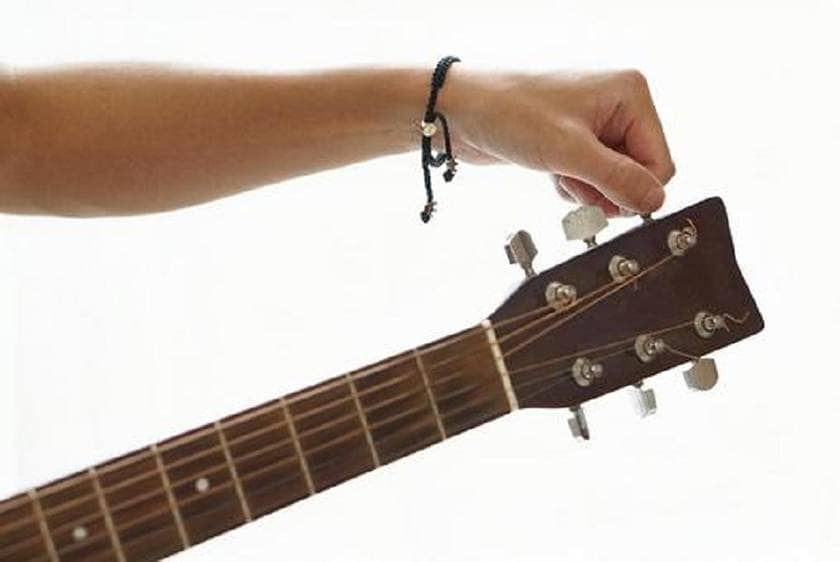
Preventing Accidents During the Performance
Once the stage performance begins, there’s no turning back. One thing to keep in mind is your lyric sheets or scores on the music stand. If they’re on paper, make sure to check the stage lighting during rehearsal to ensure visibility. In my experience, few venues have extremely dark stages, but some live houses may present such cases. You might consider attaching a mini-light to your music stand for better visibility.
Recently, many musicians, including myself, have started using tablets to display lyrics and scores. While this is very convenient, the downside is that you can’t use it without charging it first, so be sure to check the charge beforehand. It’s also wise to save the same data on your smartphone as a backup in case of any tablet issues during the performance.
Additionally, from personal experience, tablets can be heavy. There was an instance where I placed my tablet on the music stand that came with the electronic piano and, due to the weight and vibrations while playing, it flew off the stand! (I didn’t stop playing, though... sweat). It’s safer to use a dedicated tripod stand for tablets.
Another point to keep in mind is how to keep track of time. If you have a 40-minute slot, going over that time can inconvenience the next performer and cause trouble. The same goes for finishing too early. Ensure you have a way to monitor your time while on stage. If the venue has a visible clock, that’s ideal. Otherwise, consider setting a small clock on the music stand, as glancing at your watch frequently during your performance can be distracting.
Preventing Troubles with Audience
As many musicians are out there, having fans who listen to your music is incredibly rewarding, and it's natural to want to cherish those relationships. However, the relationship between musicians and fans is unique, connected not by friendship but through the common bond of ‘music’. Because of this, it’s important to be cautious about how that relationship develops. If you become too close, it can lead to various troubles, potentially affecting your ongoing live activities. To prevent this, here are a few suggestions.
First, it’s wise to refrain from disclosing too much personal information at the outset. As you continue your activities, you may be asked to exchange social media or LINE accounts. To prepare for this, consider maintaining a separate musician account distinct from your personal one. Additionally, having a performance name (stage name) instead of your real name can provide a sense of security for various reasons. I once performed under my real name, and during a house rental process, the real estate agent casually mentioned, “I found your music activity website!” While there was no ill intent, it made me feel uncomfortable lol.
You may occasionally hear stories about someone expressing affection not as a fan but as a romantic interest. While ‘fans’ might sound flattering, things can escalate to an unhealthy level for both parties. If you feel even a hint of discomfort, consider discussing it with the venue owner, or make sure to leave the venue with friends to maintain an appropriate distance. If those strategies don’t help, you might need to reassess how you announce your performances. Generally, handling such situations with a group rather than alone is crucial.
In any case, the relationship with your audience can be both a tailwind and a headwind for your live activities. I hope you can maintain a positive relationship with them.
Finally
This concludes my extra segment on accidents and troubleshooting. Live performances are not inherently dangerous; however, as with anything, it’s best to understand the associated risks and have preventive measures in place. I hope you can use this article as a reference and find it helpful in times of need.
I sincerely wish for your first solo performance and subsequent activities to be wonderful experiences.
Once again, I’d like to thank you for reading this seven-part series.
*You never know when a guitar string might break, so it’s essential to always have spare strings on hand. D’Addario’s acoustic strings, made of phosphor bronze, are a classic choice that offers deep, clear sound and durability.
D’Addario / EJ16-3D 3-Pack Phosphor Bronze Wound Light
Recommended Items!
Stage Works / Non-slip Pedal Mat
K&M / 12246 Double4 LED Flex Light
K&M / 19790 iPad Tablet Holder
The “sound & person” column is made up of contributions from you.
For details about contributing, click here.





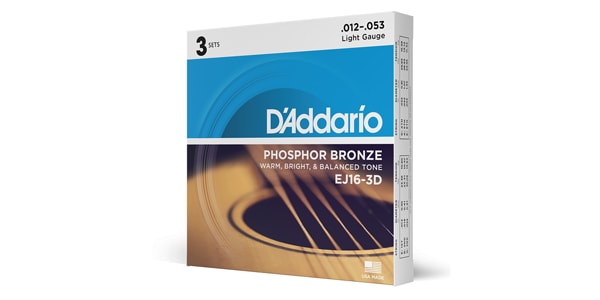
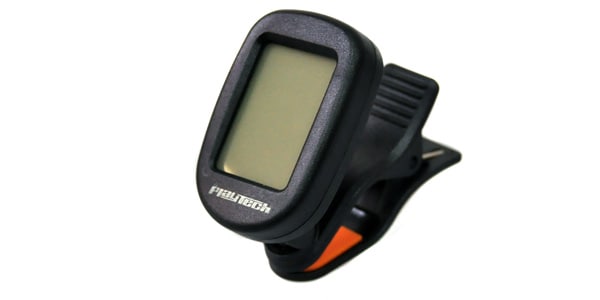
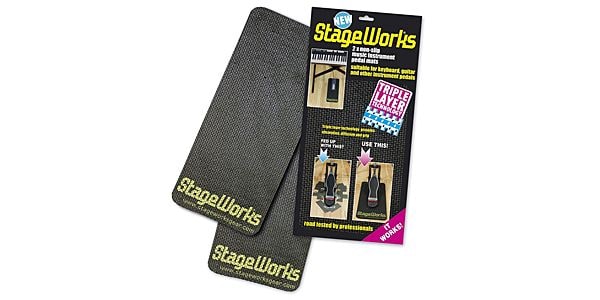

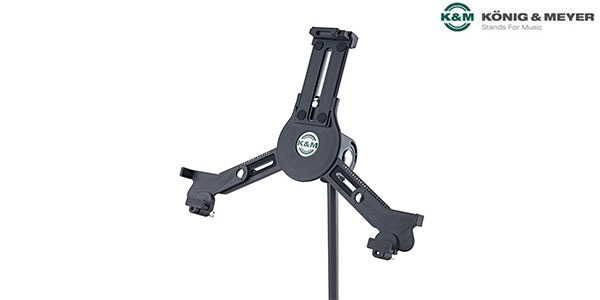






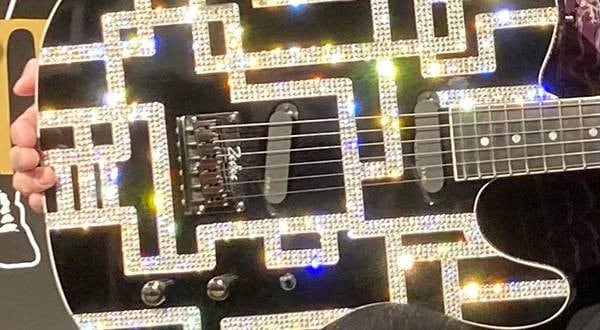
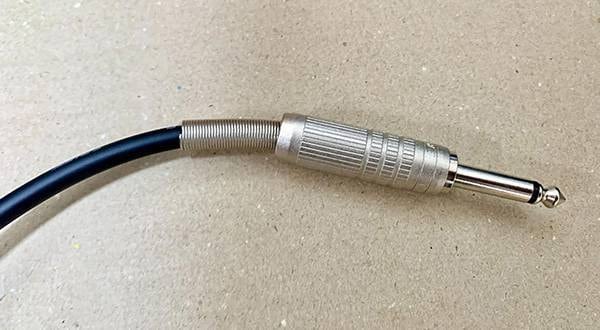

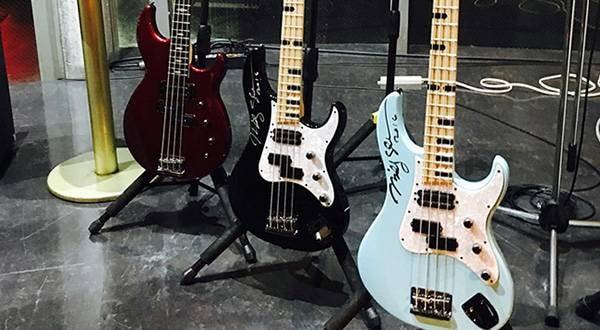
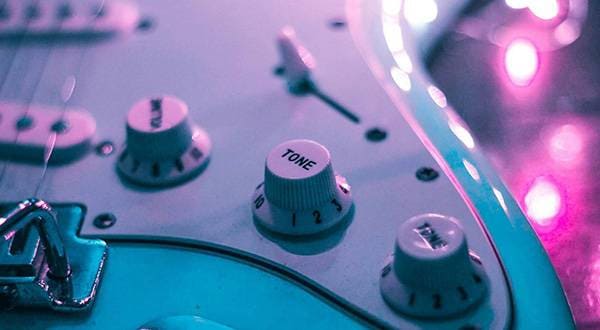

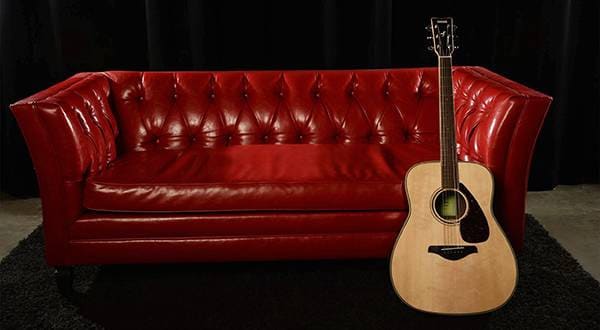
![[For Beginners!] Top 5 Acoustic Guitars for First Instruments](/contents/uploads/thumbs/2/2022/8/20220802_2_18814_1.jpg)

![[2025 Recommended Ranking] How to Choose Acoustic Guitar Pickups](/contents/uploads/thumbs/2/2017/4/20170405_2_1124_1.jpg)
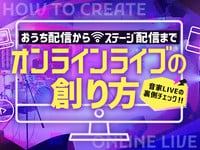 ライブ配信に必要な機材を徹底解説 オンラインライブの創り方
ライブ配信に必要な機材を徹底解説 オンラインライブの創り方
 フェンダーアコースティックギターのすゝめ
フェンダーアコースティックギターのすゝめ
 配信・ポッドキャスト特集!(ライブ/動画/ゲーム実況)
配信・ポッドキャスト特集!(ライブ/動画/ゲーム実況)
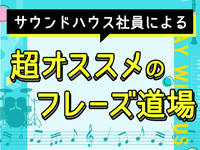 超オススメのフレーズ道場 アコースティックギター
超オススメのフレーズ道場 アコースティックギター
 ピックアップの種類(アコースティックギター)
ピックアップの種類(アコースティックギター)
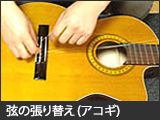 弦の張り替え(アコースティックギター)
弦の張り替え(アコースティックギター)
